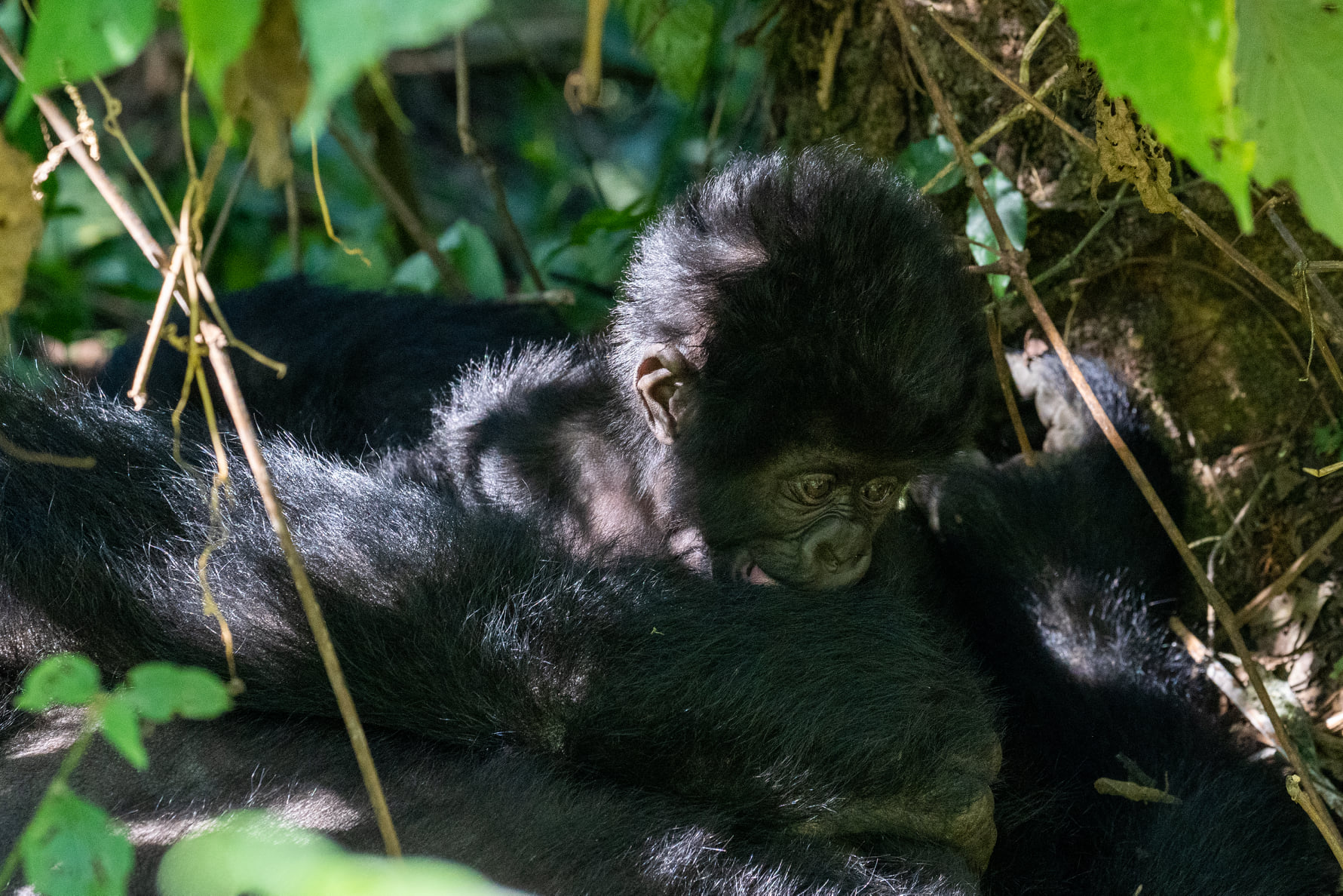Major Threats to Mountain Gorillas
Mountain gorillas can be found in three countries in the world: the Democratic republic of Congo, Rwanda and Uganda, with Uganda having almost half of their population. Mountain gorillas were almost extinct in the world years ago but thanks to the American primatologists who worked hard for the conservation of these apes, even at the cost of her life. Today, though gorillas are endangered, there are some hopes of them not becoming extinct due to the efforts of conservation.
For unknown reasons mountain gorillas are said to be afraid of chameleons and caterpillars. The young gorillas, who are always naturally playful, will move out of their way if they see a caterpillar or chameleon.
Major threats to mountain gorillas
Poaching
Poaching is the main threat to mountain trade; people always kill gorillas for game meat and the pet trade. Sometimes gorillas are killed with snares set for other animals by poachers.
Civil wars
Wars have led to the destruction of gorilla habitats this mostly happened when there was genocidal war in Rwanda in the 90s and also the Congolese civil wars this led mountain gorillas to move further to the top of the mountains, where weather is not favorable for them. Sometimes refugees could lack food and end up killing gorillas. Sometimes parts of the gorilla habitats could be inhabited by rebels
Charcoal making
Instead of adapting other sources of energy, people make charcoal and also harvest firewood from gorilla habitats; this leads to more destruction of gorilla homes.
Disease
Gorillas are vulnerable to human diseases; humans with infections most often get close to gorillas, infecting them with diseases that affect gorillas severely. Though habituated gorillas always live longer than unvisited gorillas because of the care provided to them by researchers. Veterinary doctors always treat sick and injured gorillas. Domestic animals and livestock also contribute to the transmission of diseases.
Habitats loss
The increase of human population in places near gorilla habitats has led to the people encroaching on gorilla habitats for settlements and farming yet gorillas can’t live in some environments; they are forced to move to unreliable places.
Bushfires
Uncontrolled bush fires are also a major threat to mountain gorillas. People often burn their gardens to clear land for digging but the fires continue to threaten gorilla homes.

Fragmentation of forested areas
The fragmentation of forested areas has also led to the isolation of gorilla groups from each other. This has led to a reduction of genetic diversity.
Land mines created in forests have also led to more killing of mountain gorillas.
The lack of conservation efforts and less education about gorillas by the locals has led to a reduction of mountain gorillas. If awareness is created among the locals about conservation for sustainable tourism, they will have no reason for killing mountain gorillas.

